“Policy decisions by global central banks are getting more nuanced, with the ECB staying on its rate cut path, the Fed in a wait-and-see mode, and the BoJ being the only major outlier.”
- The ECB cut rates in June but has not pre-committed to any path. It will consider inflation, trade war, and labour markets in its decisions.
- While the Fed has stayed on hold so far this year, it is likely to resume rate cuts. The BoJ will continue to hike this year.
- These divergences in policy making underscore the importance of keeping a global approach to fixed income.
The ECB reduced interest rates in June, bringing the cumulative easing to one percentage point (pp) this year. The bank also downgraded its inflation forecasts by 0.3 pp for this year and the next, primarily due to lower energy prices and a strengthening euro. We believe the ECB will remain on an easing path this year, provided inflation stays close to its 2% target over the medium term. It will also need to consider vulnerabilities stemming from US trade policies, and the impact of increased spending on infrastructure and defence on growth and inflation. In the US, the Fed is assessing the impact of import tariffs on inflation, whereas the Bank of Japan is likely to raise rates this year. In general, global central banks will remain vigilant regarding how large fiscal deficits are affecting bond yields, particularly for long maturities.
You can now read the full whitepaper at the link below








